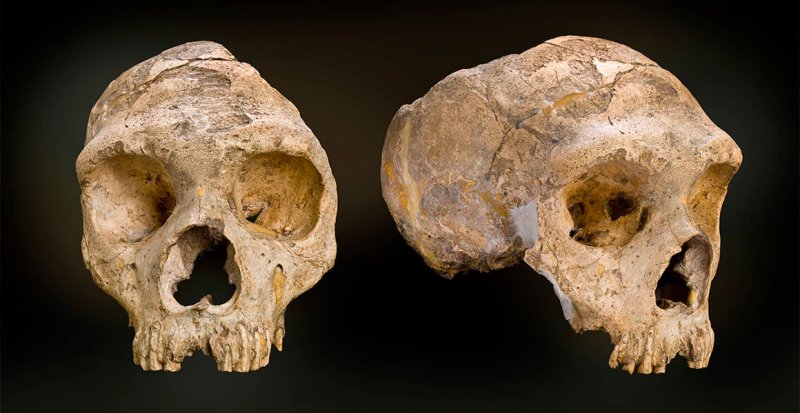Two skulls from Gibraltar were among the first Neanderthal remains ever found, and have since become some of the best-studied human fossils in the world.
…
Despite their fame, there are many remaining uncertainties about the two partial skulls, including their geological age and their relationship to other European Neanderthals.
It was long thought that little DNA analysis could be done on the two skulls, since they had been preserved in unfavourable conditions for many years, and because present-day human DNA has contaminated them.
But ancient DNA has finally been extracted from these fossils, in a collaboration led by the Natural History Museum in London and the Max Planck Institute for Evolutionary Anthropology in Leipzig,
We now know the sex of both the individuals as well as details about how one of them could be linked to Neanderthal relatives beyond Gibraltar.
…
Analyses confirmed that the Devil’s Tower child was male, and the Forbes’ Quarry adult was female. The researchers also found that the adult was genetically more similar to earlier (60,000- to 120,000-year-old) Neanderthals in Europe and western Asia than to younger Neanderthal remains from Spain.
So although Gibraltar is often considered as one of the last refugia of the Neanderthals, the Forbes’ Quarry fossil appears from its DNA to be an earlier example.
[The museum’s professor Chris] Stringer adds, ‘These results show that it’s now possible to analyse DNA in highly contaminated fossils from relatively warm climates.‘It holds out promise for the recovery of comparably ancient DNA from regions such as North Africa, the Middle East and China.’
Read full, original post: A new look at the Gibraltar Neanderthals































